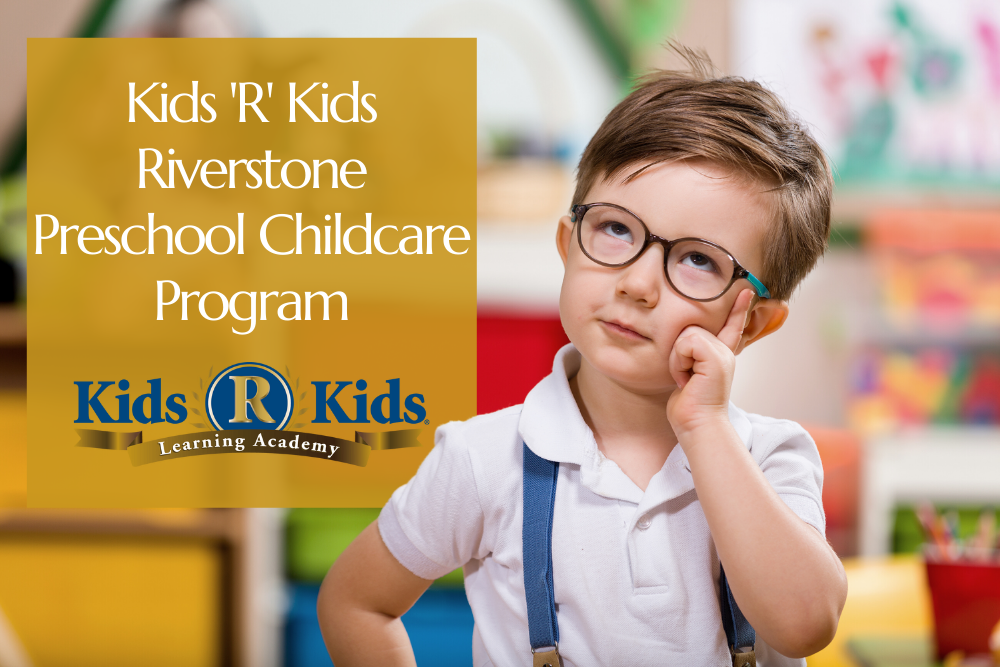We are enrolling! Join us in nurturing young minds, fostering creativity, and creating a brighter future. We're excited to introduce your child to a world of possibilities! Contact us today for details.
Curiosity and wonder are two of the most important qualities in education. Every child has a unique way of learning, and it is the job of educators and parents to learn how to speak to their children on a level they understand. In this article, we will show you how to teach your preschooler about the sky, atmosphere, outer space, and space lessons.
Here we’ll be discussing all things related to astronomy, from the basics of stargazing to the latest discoveries in space. Whether you’re a complete beginner or a seasoned astronomer, there are tons to learn!
Outer Space: What is it?
Outer space is often thought of as a cold, dark, and empty place. But what is it really? Outer space is the area beyond Earth’s atmosphere. It begins about 100 kilometers (62 miles) above Earth’s surface. Beyond this point, there is no air to breathe or to scatter sunlight. This is why the sky appears black at night.
Outer space is not completely empty. It contains vast amounts of gas and dust particles. These particles are too spread out to have any effect on Earth. The largest object in outer space is the sun. It contains more than 99% of the mass in the solar system. The planets, asteroids, and comets combined make up less than 1% of the solar system’s mass.
The sun gives off light and heat that make life possible on Earth, and the planets orbit around the sun. They are held in place by the sun’s gravity. Planets are much smaller than the sun and contain very little mass compared to the sun. The space between planets is mostly empty. There are a few asteroids orbiting around the sun, which are small pieces of rock left over from the formation of the solar system.
The Earth’s Atmosphere: What is it?
The atmosphere of Earth is composed of mostly nitrogen and oxygen. But it also contains other gases like argon, carbon dioxide, and water vapor. The atmosphere protects us from the harmful ultraviolet radiation of the Sun and also helps to regulate the Earth’s temperature.
Sky Objects: What are they?
There are many different types of sky objects, including stars, planets, galaxies, nebulae, and more. Each type of object has its own unique characteristics and can be studied in detail. In this section, we’ll take a closer look at some of the most popular types of sky objects.
Sky Events: What types of things can happen in the sky?
The sky is full of events that can be seen with the naked eye, binoculars, or a telescope. Here are some of the most common astronomical events that you can witness:
1. Sunrises and sunsets: Every day, the sun rises in the east and sets in the west. This is due to the Earth’s rotation on its axis.
2. Moon phases: The moon goes through different phases as it orbits around Earth. You can see the moon’s phases by looking at it with the naked eye or through binoculars or a telescope.
3. Meteor showers: Meteor showers occur when the Earth passes through a stream of debris from a comet or asteroid. When these particles enter the Earth’s atmosphere, they burn up and create streaks of light in the sky, which are called meteors.
4. Comets: Comets are small, icy bodies that orbit the sun. They sometimes become visible to the naked eye when they get close to the sun and their tails point away from the sun.
5. Planets: The planets in our solar system can be seen with the naked eye, but they look like bright stars. Binoculars or a telescope will allow you
Lesson Activities
There are a variety of lesson activities that can be done in the blog section. These activities can be done with a group or individually. They can also be done in class or as homework. Below are some ideas for lesson activities:
-Have your preschooler explain what they learned in class that day. This could be done in the form of a fun conversation, blog post, journal entry, or simply a list of facts learned.
-Have students research an astronomical topic of interest and write about it.
-Have students find and share interesting astronomical news stories or videos. This could be done as a blog post or thread on a discussion board.
-Have students create artwork, poems, or stories inspired by astronomy. This could be shared as a blog post, gallery, or collection.
KIDS ‘R’ KIDS RIVERSTONE PRESCHOOL PROGRAM

Are you interested in learning more about how Kids ‘R’ Kids Academy of Riverstone can teach your preschooler? Our Preschool Childcare Program is fully accredited and always ready to match your toddler’s energy and curiosity with wonderful teaching lessons.
We teach your preschooler to be prepared for kindergarten and beyond!
Want to learn more about Kids ‘R’ Kids Learning Academy of Riverstone? Our mission is to provide secure, nurturing, and educational environments for children ages 6 weeks – 12 years. We help children to bloom into responsible, considerate, and contributing members of society. For more information, give us a call or stop by for a tour! We’d love to get to know you and your family.